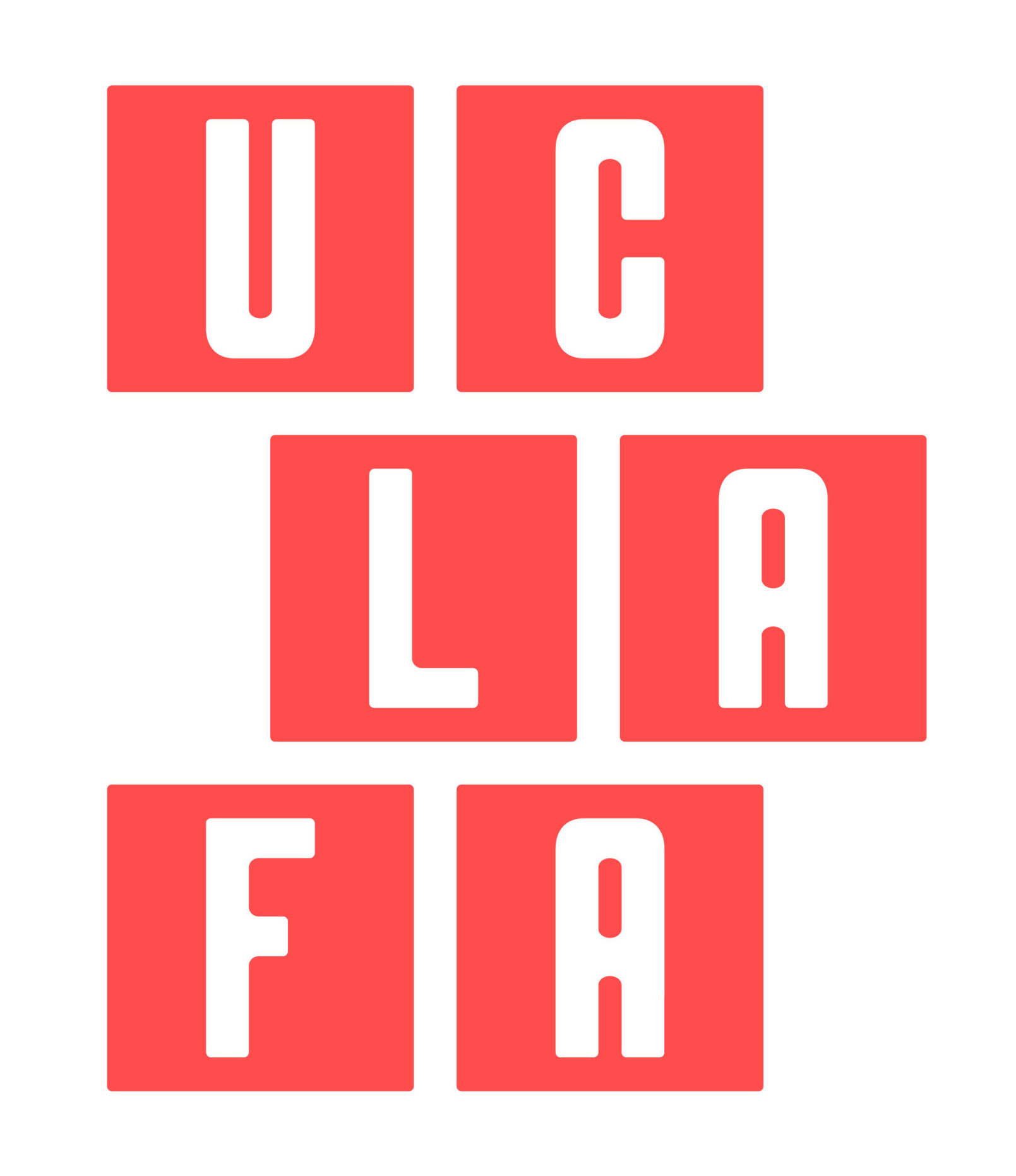Austerity looms. What next?
The deepening pandemic depression is going to have a profound impact on the University of California budget. Unprecedented unemployment, lagging state revenue, and massive campus losses associated with remote learning make it clear that we are looking at a replay of the 2008 crisis, at least. To stay up to date on the growing crisis, follow Dan Mitchell’s regular updates, or check out the Berkeley Faculty Association’s Weekly Commentary, and Media Coverage summaries.
What is less clear is how the coming cuts will be targeted, and how faculty, staff, students, and the state will respond. In 2008 UCOP mandated wage cuts via furloughs, and jacked up tuition. To assuage students and parents, it was deemed that furloughs could not be taken on teaching days, but that meant that lecturers would have no furloughs (because they are only paid to teach). Faculty and staff took their days during the winter closure in order to mitigate the impact on operations. Whether this saved much money was not clear, but it sure made people unhappy. Tuition increases put pressure on struggling students and families, and did not endear the UC to state legislators.
Over at Rethinking the University, Chris Newfield of UCSB argues against a repeat of the self-defeating austerity measures of 2008. Putting UC’s budget woes in the wider context of recovery from the pandemic, Newfield calls for a New Deal style reinvestment in higher education alongside the necessary public investment in testing, contact tracing, and rebuilding public health infrastructure. Any successful economic recovery will require not only public health interventions but also public works programs that put people back to work, keep students in school, and begin to fix the structural inequalities made glaringly apparent by the pandemic. Time will tell whether there will be enough public pressure to create this kind of program, but Newfield argues we will need it to renew public higher education one way or the other.
While we wait for a new New Deal, UCOP and campus administrators are preparing their austerity budgets. If we must have cuts, and it seems we will, who should suffer? The lowest paid campus workers, including service and administrative staff, graduate student employees, lecturers, and junior faculty are already living close to the bone. A quarter of graduate students faced food insecurity even before the pandemic depression. Lecturers have zero job security, are paid far less than faculty on a per class basis, and more than a third lack health insurance and a pension.
Any cuts need to come from the top, and they should protect the core functions of the university: education, research, and public service. But to get this and more, faculty will need to raise their voices and work with other campus workers in the short term and the long term.
Toby Higbie (History and Labor Studies)
********
An independent group called the The Inter-Campus Faculty Solidarity Network is circulating a survey for faculty asking about willingness to support job actions by graduate students and other organizing issues. Note that this survey (or an earlier version) incorrectly claimed that faculty sympathy strikes are protected by the National Labor Relations Act (NLRA). Public employees like UC faculty and graduate students are not covered by the NLRA, but by California’s Higher Education Employee Relations Act (HEERA). Faculty do have some rights, and responsibilities, under HEERA related to respecting picket lines. See this post from the UC Santa Cruz Faculty Association.
